Apple iPhone 14 Vs. 13: Smartphone Sibling Head-to-Head
Does Apple’s small changes to its smartphone series warrant an upgrade? Apple’s recent reported production pullback suggests maybe not. But we take a closer look at the 2021 and 2022 models.
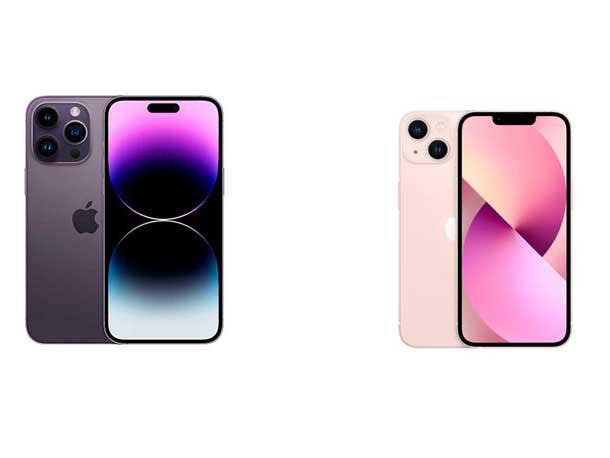
The smartphone that kickstarted our collective mobile screen obsession is undoubtedly the iPhone. And each year, scores of Apple diehards line up eager to experience new handheld technology from the Cupertino, California-based tech giant.
This year, Apple introduced its iPhone 14 series at its “Far Out” event. Surprisingly, the company chose to stay with the previous year’s chipset in the entry level models. In previous years, the tech giant upgraded the chips for all models. Dan Ives, an analyst with Wedbush, called that move a rare “misstep” by Apple and the reason demand wasn’t quite what the company expected. “It’s going to be a tight wire balancing act going into the holidays,” Ives told CRN in an interview. “You can’t smoke-and-mirror it – the base model was disappointing and that’s what’s going to be available on the shelves. So they will have to get the balancing act right.”
The iPhone 14 Pro series, armed with the new A16 chip (which Apple calls the “fastest ever in a smartphone”), was showing solid early demand, Ives said.
Click through the slideshow to see how the iPhone 14 stacks up with its predecessor, the iPhone 13:
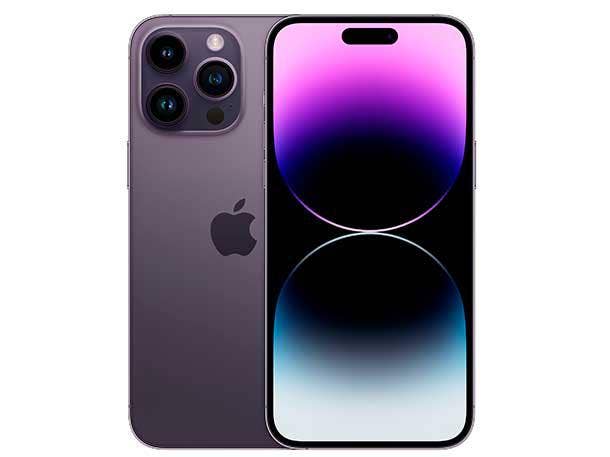
Dimensions and Weigh-in
The iPhone 14 should look very familiar to anyone who has handled the iPhone 13. The iPhone 14’s dimensions come in at 5.78 x 2.81 x .31 inches and the unit weighs 6.07 ounces. The .01 inch shaved off from the thickness of the iPhone 13 would barely register even side by side. And iPhone 13’s weight is close as well at 6.14 ounces.
Again, the differences physically are nearly imperceptible.
Display
The iPhone 13 and 14 both feature the Super Retina XDR OLED display, with HDR10, Dolby Vision and peak 1200 nit brightness at 1,170 x 2,532-pixel resolution. Screen size is 6.1 inches with an 86 percent screen to body ratio. Both displays are covered with ceramic shield glass.
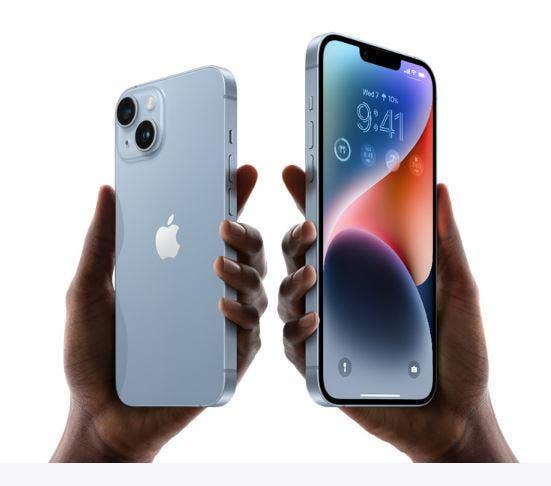
Processing, RAM and Storage
Surely, this is where the iPhone 14 could have beefed things up: performance, right? After a whole year of development, let’s compare. The iPhone 14 runs on iOS 16 with the A15 5 nanometer chipset, the Hexa-core CPU and 5 core Apple GPU. The iPhone 13 ships with iOS 15 but can be upgraded to the latest system just like the iPhone 14. The only upgrades are the extra core on the graphics card – iPhone 13 features a 4-core processor – and the option of going up to 6 GB of RAM vs the iPhone 13’s maximum of 4 GB. Both phones offer up to 512 GB of storage.
Again, these are razor thin areas of improvement for the iPhone 14.
Camera Specs
The camera setup is nearly identical between iPhone 14 and iPhone 13, with a 12-megapixel main camera. The iPhone 14 has a slightly larger aperture of f1.5 (vs. f1.6), which may get you a bit better performance in low light, but the difference is so slight, you’ll likely not notice. The selfie camera gets a similar mild maximum aperture upgrade on iPhone 14 at f1.9 (vs f2.2 on iPhone 13).
Video capabilities on the phone are identical, with both capable of shooting 4K video at up to 60 frames per second at 1080p.
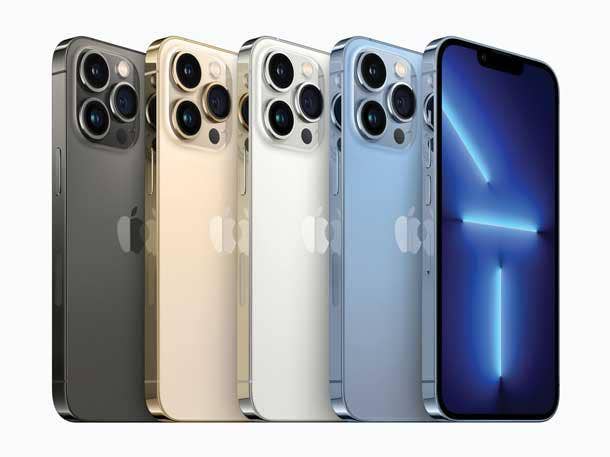
Battery Life
The slight upgrade for the iPhone 14’s battery to 3,279 mAH from 3,240 mAH is just, well… meh. Both feature fast charging to get 50 percent charge in 30 minutes via USB 2.0 or MagSafe fast wireless charging. Both batteries are non-removable. Published battery tests show a 90-hour endurance rating for iPhone 14 vs. 89-hour rating for iPhone 13.
Pricing and Availability
Perhaps the biggest difference in between these two nearly equal phones is the price. The iPhone 13 can still be had for about $645 for the 128GB 4GB RAM model. The iPhone 14 spec’d at 128GB and 6GB RAM is priced at $744.99.
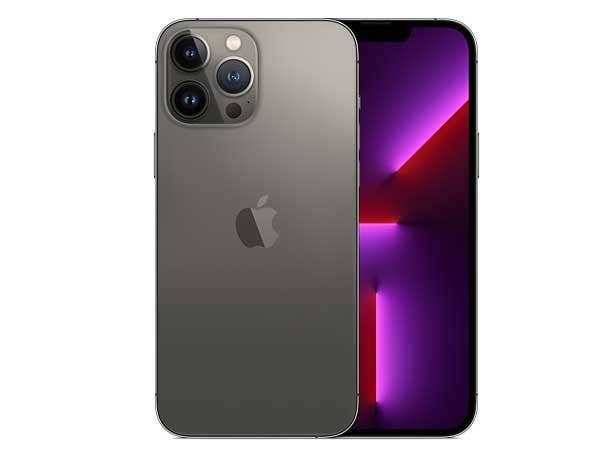
Final Verdict
Unless you’re going to shell out for the excellent iPhone 14 Pro or Pro Max, it’s really hard to see any reason to pick the iPhone 14 over the previous year’s entry model. The decision to stick with the same chip set is a real head-scratcher from the company that made its name being a tech innovator. Samsung, on the other hand, gave us some radical improvements this year with its S22 line of smartphones.
Because Apple really phoned in this release, we’ll throw in the towel for the company and declare this head-to-head a draw.